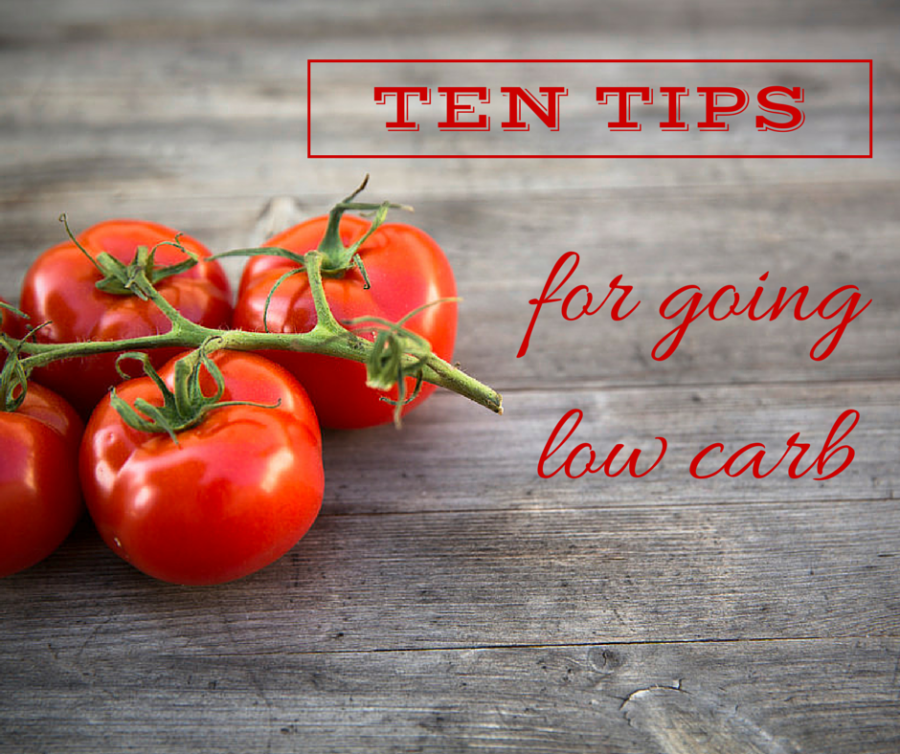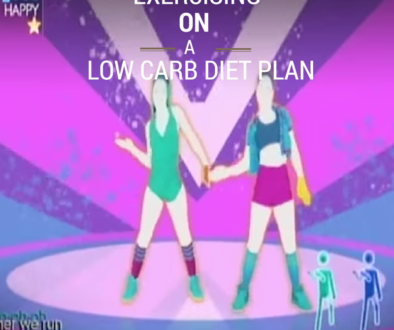Ten Tips for Eating Low Carb
Two years ago we started following a low-carb diet because my daughter was diagnosed with type 2 diabetes. It has made a huge difference in our lives and our health. I want to share some tips for starting on this way of eating because it can be overwhelming the amount of information on the internet when you start searching for it.
10 Tips for Eating Low-Carb
The following 10 tips for healthy eating will help you begin a low carb diet or they can be used to just start a healthier eating plan for you and your family.
1. Keeping your blood glucose levels stable is extremely important. This can be done by simply learning to eat at regular intervals. Plan snacks in between your meals and don’t let more than 6 hours pass without eating.
2. Drink lots of water each day. As you get used to drinking more water you will notice that your skin feels more hydrated and that you don’t experience as many cravings. Aim for at least eight 8oz glasses of water each day. Space them throughout the day and drink your last glass in the early evening. This way you won’t have to worry about getting up in the middle of the night.
3. Avoid eating foods which contain high amounts of sugar and bad fats. Unfortunately, these are found in many fast and pre-packaged foods. Get into the habit of reading labels and choose those foods which are high in fiber, low in carbohydrates and sugar.
4. Depending upon which phase of low carb eating you are on, you want to eat plenty of high fibre low carb vegetables. After the initial 2 week phase you can begin to add fruits to your diet if you are following the Atkins diet for weight loss. If not, you can just begin reducing the amount of carbs you take in from those not so good food choices.
5. Always combine protein with a high fiber vegetable at each meal. This combination has been shown to provide you with the quickest weight loss results you could ever experience.
6. Plan your meals ahead of time. This will help make grocery shopping easier too. Try to plan meals that you can cook once but eat as leftovers the next day. This really helps cut down on cooking times and can free up time on your already busy schedule.
7. Increase your veggie intake and include more non-starchy choices. These include mushrooms, cauliflower, cabbage, onions, kale and romaine lettuce. Eating more of these will help fill you up and reduce your hunger pangs and lessen your cravings.
8. Even though you are eating on a low carb plan you should still be conscious of how many calories you eat. Low carb does not mean eat as much as you want, otherwise you could see the pounds creeping back!
9. Try to add a little exercise along with your healthier eating choices. Increased activity will provide you with more energy and help limber up your joints along with making you feel years younger!
10. Don’t try to make too many changes at one time. At first any healthy change in your eating habits is a plus. Gradually wean yourself off of high carb foods and find low carb alternatives. This will be especially important if you are doing this change for your kids and they have behavioral issues. Change can be so very hard for them anyway.
The most important piece of advice I can give you is to not give up on your healthy eating plan. Give yourself time to make these changes to your diet. Concentrate on making one change every few days or even just once a week. Your body and your health will thank you for it!



